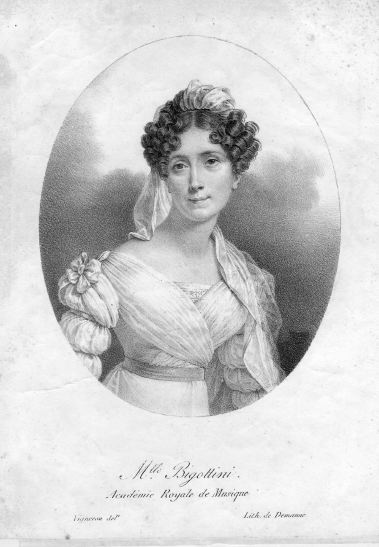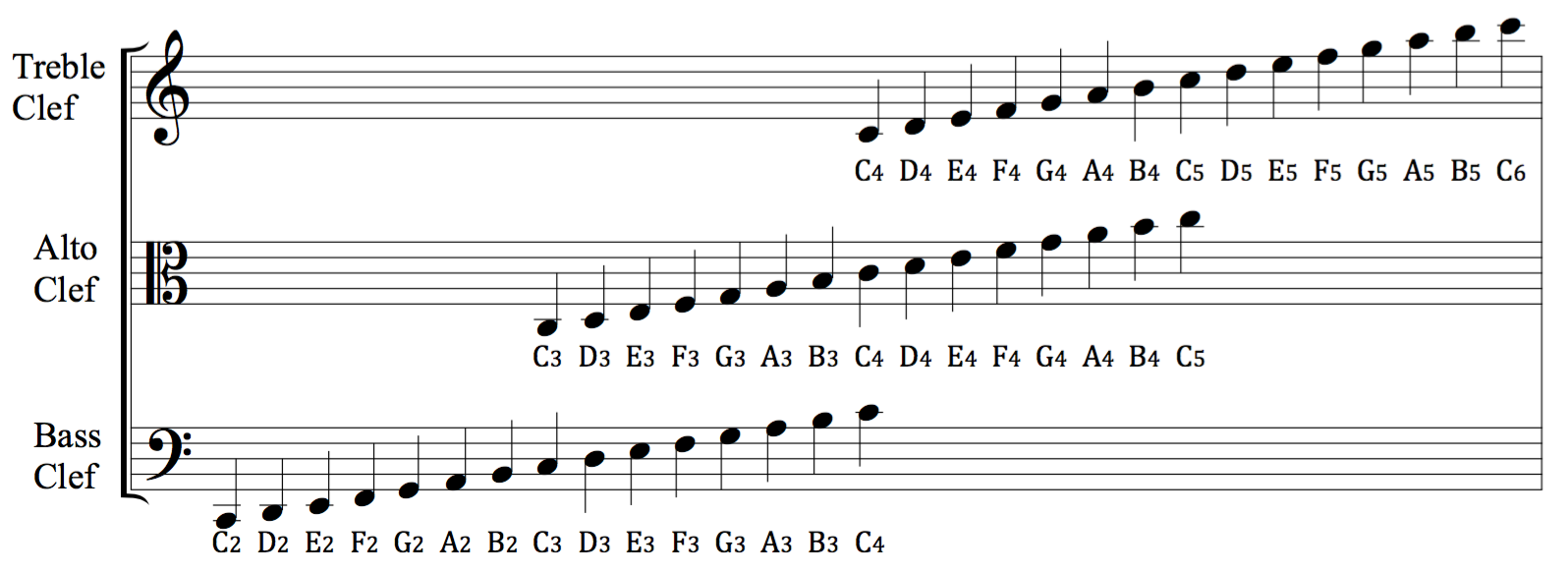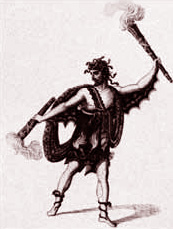|
Nina (Dalayrac)
''Nina, ou La folle par amour'' (''Nina, or The Woman Crazed with Love'') is an opéra-comique in one act by the French composer Nicolas Dalayrac. It was first performed on 15 May 1786 by the Comédie-Italienne at the first Salle Favart in Paris. The libretto, by Benoît-Joseph Marsollier des Vivetières, is based on a short story by Baculard d'Arnaud. Background and performance history ''Nina'' was Dalayrac's first collaboration with Marsollier des Vivetières, who would go on to write many more librettos for him, including '' Les deux petits savoyards''. Revived by the Opéra-Comique at the Salle Feydeau in July 1802, ''Nina'' was a popular success, which it remained until receiving its last performance by the company in 1852. It was also performed in translation in London and Hamburg in 1787 and in Italy in 1788. Its most famous aria, "Quand le bien-aimé reviendra" ("When my sweetheart returns to me"), is mentioned by Hector Berlioz in his ''Memoirs'' as his "first musi ... [...More Info...] [...Related Items...] OR: [Wikipedia] [Google] [Baidu] |
Nina (opera)
''Nina, o sia La pazza per amore'' (''Nina, or Madly in Love'') is an opera, described in 1790 as a ''commedia in prosa ed in verso per musica'', in two acts by Giovanni Paisiello to an Italian libretto by Giovanni Battista Lorenzi after Giuseppe Carpani's translation of Benoît-Joseph Marsollier's '' Nina, ou La folle par amour'', set by Nicolas Dalayrac in 1786. The work is a sentimental comedy with set numbers, recitative and spoken dialog. It is set in Italy in the 18th century. ''Nina'' was first performed in a one-act version at the Teatro del Reale Sito di Belvedere in Caserta, San Leucio on 25 June 1789. The revised and familiar two-act work was presented at the Teatro dei Fiorentini in Naples in the autumn of 1790. Roles *Nina ( soprano) *Lindoro, her lover/Un Pastore (tenor) *The Count, her father (bass) *Susanna, her companion ( mezzo-soprano) *Giorgio, the Count's valet (bass) *A musician (tenor) *Second musician *Chorus (staff and patients at the sanatorium) ... [...More Info...] [...Related Items...] OR: [Wikipedia] [Google] [Baidu] |
Opéra-comique
The Opéra-Comique is a Paris opera company which was founded around 1714 by some of the popular theatres of the Parisian fairs. In 1762 the company was merged with – and for a time took the name of – its chief rival, the Comédie-Italienne at the Hôtel de Bourgogne. It was also called the Théâtre-Italien up to about 1793, when it again became most commonly known as the Opéra-Comique. Today the company's official name is Théâtre national de l'Opéra-Comique, and its theatre, with a capacity of around 1,248 seats, sometimes referred to as the Salle Favart (the third on this site), is located at Place Boïeldieu in the 2nd arrondissement of Paris, not far from the Palais Garnier, one of the theatres of the Paris Opéra. The musicians and others associated with the Opéra-Comique have made important contributions to operatic history and tradition in France and to French opera. Its current mission is to reconnect with its history and discover its unique repertoire to e ... [...More Info...] [...Related Items...] OR: [Wikipedia] [Google] [Baidu] |
Émilie Bigottini
Émilie Bigottini (16 April 1784, in Toulouse – 28 April 1858, in Paris) was a French dancer of Italian ancestry. The daughter of Francesco Bigottini, a famous harlequin at Paris's Comédie-Italienne, she joined the Opéra ballet at age 17 and led its company until her retirement in 1823, distinguishing herself in the ballets of Louis Milon. Napoleon I of France was one of her fervent admirers. Despite her numerous liaisons, she escaped the reputation for immorality which afflicted most of her contemporaries in the dance world. She was considered as an example of good artistic taste, svelte, precise and excelling in mime. She had several children, all out of wedlock: * a daughter with Gérard Christophe Michel Duroc, duke of Frioul; * a daughter, Armandine Alphonsine Pignatelli d'Aragon Bigottini, born in Paris on April 10, 1807. The child's father, the prince Pignatelli, eventually recognized her. Armandine married Alphonse Daloz in 1827, and had two children; she died in ... [...More Info...] [...Related Items...] OR: [Wikipedia] [Google] [Baidu] |
Decca Records
Decca Records is a British record label established in 1929 by Edward Lewis. Its U.S. label was established in late 1934 by Lewis, Jack Kapp, American Decca's first president, and Milton Rackmil, who later became American Decca's president. In 1937, anticipating Nazi aggression leading to World War II, Lewis sold American Decca and the link between the U.K. and U.S. Decca labels was broken for several decades. The British label was renowned for its development of recording methods, while the American company developed the concept of cast albums in the musical genre. Both wings are now part of the Universal Music Group. The U.S. Decca label was the foundation company that evolved into UMG (Universal Music Group). Label name The name dates back to a portable gramophone called the "Decca Dulcephone" patented in 1914 by musical instrument makers Barnett Samuel and Sons. The name "Decca" was coined by Wilfred S. Samuel by merging the word "Mecca" with the initial D of their log ... [...More Info...] [...Related Items...] OR: [Wikipedia] [Google] [Baidu] |
Richard Bonynge
Richard Alan Bonynge ( ) (born 29 September 1930) is an Australian conductor and pianist. He is the widower of Australian dramatic coloratura soprano Dame Joan Sutherland. Bonynge conducted virtually all of Sutherland's operatic performances from 1962 until her retirement in 1990. Biography Bonynge was born in Epping, a suburb of Sydney, and educated at Sydney Boys' High School before studying piano at the Sydney Conservatorium of Music and gaining a scholarship to the Royal College of Music in London, where his piano teacher was Herbert Fryer. He gave up his music scholarship, continuing his private piano studies, and became a coach for singers. One of these was Joan Sutherland, whom he had accompanied in Australia. They married in 1954 and became a duo, performing operatic recitals until 1962. When the scheduled conductor for a recital of operatic arias became ill and the replacement conductor was involved in a car accident, Bonynge stepped in and, from that time on, ... [...More Info...] [...Related Items...] OR: [Wikipedia] [Google] [Baidu] |
Joan Sutherland
Dame Joan Alston Sutherland, (7 November 1926 – 10 October 2010) was an Australian dramatic coloratura soprano known for her contribution to the renaissance of the bel canto repertoire from the late 1950s through to the 1980s. She possessed a voice combining agility, accurate intonation, pinpoint staccatos,"Icons of Opera – Dame Joan Sutherland" ''Opera Britannia'' (6 July 2009). Retrieved 27 September 2010. a trill and a strong upper register, although music critics complained about her poor diction. Sutherland was the first Australian to win a , f ... [...More Info...] [...Related Items...] OR: [Wikipedia] [Google] [Baidu] |
Psychogenic Amnesia
Psychogenic amnesia or dissociative amnesia is a memory disorder characterized by sudden retrograde episodic memory loss, said to occur for a period of time ranging from hours to years to decades. More recently, "dissociative amnesia" has been defined as a dissociative disorder "characterized by retrospectively reported memory gaps. These gaps involve an inability to recall personal information, usually of a traumatic or stressful nature." In a change from the DSM-IV to the DSM-5, dissociative fugue is now subsumed under dissociative amnesia. The atypical clinical syndrome of the memory disorder (as opposed to organic amnesia) is that a person with psychogenic amnesia is profoundly unable to remember personal information about themselves; there is a lack of conscious self-knowledge which affects even simple self-knowledge, such as who they are. Psychogenic amnesia is distinguished from organic amnesia in that it is supposed to result from a nonorganic cause: no structural brai ... [...More Info...] [...Related Items...] OR: [Wikipedia] [Google] [Baidu] |
Académie Royale De Musique
The Paris Opera (, ) is the primary opera and ballet company of France. It was founded in 1669 by Louis XIV as the , and shortly thereafter was placed under the leadership of Jean-Baptiste Lully and officially renamed the , but continued to be known more simply as the . Classical ballet as it is known today arose within the Paris Opera as the Paris Opera Ballet and has remained an integral and important part of the company. Currently called the , it mainly produces operas at its modern 2,723-seat theatre Opéra Bastille which opened in 1989, and ballets and some classical operas at the older 1,979-seat Palais Garnier which opened in 1875. Small scale and contemporary works are also staged in the 500-seat Amphitheatre under the Opéra Bastille. The company's annual budget is in the order of 200 million euros, of which €100M come from the French state and €70M from box office receipts. With this money, the company runs the two houses and supports a large permanent staff, ... [...More Info...] [...Related Items...] OR: [Wikipedia] [Google] [Baidu] |
Bass-baritone
A bass-baritone is a high-lying bass or low-lying "classical" baritone voice type which shares certain qualities with the true baritone voice. The term arose in the late 19th century to describe the particular type of voice required to sing three Wagnerian roles: the title role in '' Der fliegende Holländer'', Wotan/Der Wanderer in the '' Ring Cycle'' and Hans Sachs in ''Die Meistersinger von Nürnberg''. Wagner labelled these roles as ''Hoher Bass'' ("high bass")—see fach for more details. The bass-baritone voice is distinguished by two attributes. First, it must be capable of singing comfortably in a baritonal tessitura. Secondly, however, it needs to have the ripely resonant lower range typically associated with the bass voice. For example, the role of Wotan in '' Die Walküre'' covers the range from F2 (the F at the bottom of the bass clef) to F4 (the F above middle C), but only infrequently descends beyond C3 (the C below middle C). Bass-baritones are typically divi ... [...More Info...] [...Related Items...] OR: [Wikipedia] [Google] [Baidu] |
Clef
A clef (from French: 'key') is a musical symbol used to indicate which notes are represented by the lines and spaces on a musical stave. Placing a clef on a stave assigns a particular pitch to one of the five lines, which defines the pitches on the remaining lines and spaces. The three clef symbols used in modern music notation are the G-clef, F-clef, and C-clef. Placing these clefs on a line fixes a reference note to that line—an F-clef fixes the F below middle C C or Do is the first note and semitone of the C major scale, the third note of the A minor scale (the relative minor of C major), and the fourth note (G, A, B, C) of the Guidonian hand, commonly pitched around 261.63 Hz. The actual frequen ..., a C-clef fixes middle C, and a G-clef fixes the G above middle C. In modern music notation, the G-clef is most frequently seen as treble clef (placing Scientific pitch notation, G4 on the second line of the stave), and the F-clef as bass clef (placing F3 on ... [...More Info...] [...Related Items...] OR: [Wikipedia] [Google] [Baidu] |
Baritone
A baritone is a type of classical male singing voice whose vocal range lies between the bass and the tenor voice-types. The term originates from the Greek (), meaning "heavy sounding". Composers typically write music for this voice in the range from the second F below middle C to the F above middle C (i.e. F2–F4) in choral music, and from the second A below middle C to the A above middle C (A2 to A4) in operatic music, but the range can extend at either end. Subtypes of baritone include the baryton-Martin baritone (light baritone), lyric baritone, ''Kavalierbariton'', Verdi baritone, dramatic baritone, ''baryton-noble'' baritone, and the bass-baritone. History The first use of the term "baritone" emerged as ''baritonans'', late in the 15th century, usually in French sacred polyphonic music. At this early stage it was frequently used as the lowest of the voices (including the bass), but in 17th-century Italy the term was all-encompassing and used to describe the ave ... [...More Info...] [...Related Items...] OR: [Wikipedia] [Google] [Baidu] |
Baritenor
Baritenor (also rendered in English language sources as bari-tenor or baritenore) is a portmanteau (blend) of the words " baritone" and "tenor." It is used to describe both baritone and tenor voices. In ''Webster's Third New International Dictionary'' it is defined as "a baritone singing voice with virtually a tenor range." However, the term was defined in several late 19th century and early 20th century music dictionaries, such as ''The American History and Encyclopedia of Music'', as "a low tenor voice, almost barytone 'sic''" In opera Baritenor (or its Italian language">Italian form, ''baritenore'') is still used today to describe a type of tenor voice which came to particular prominence in Rossini's operas. It is characterized by a dark, weighty lower octave and a ringing upper one but with sufficient agility for coloratura singing. Rossini used this type of voice to portray noble (and usually older), leading characters, often in contrast to the higher, lighter voices of the ... [...More Info...] [...Related Items...] OR: [Wikipedia] [Google] [Baidu] |




.jpg)



